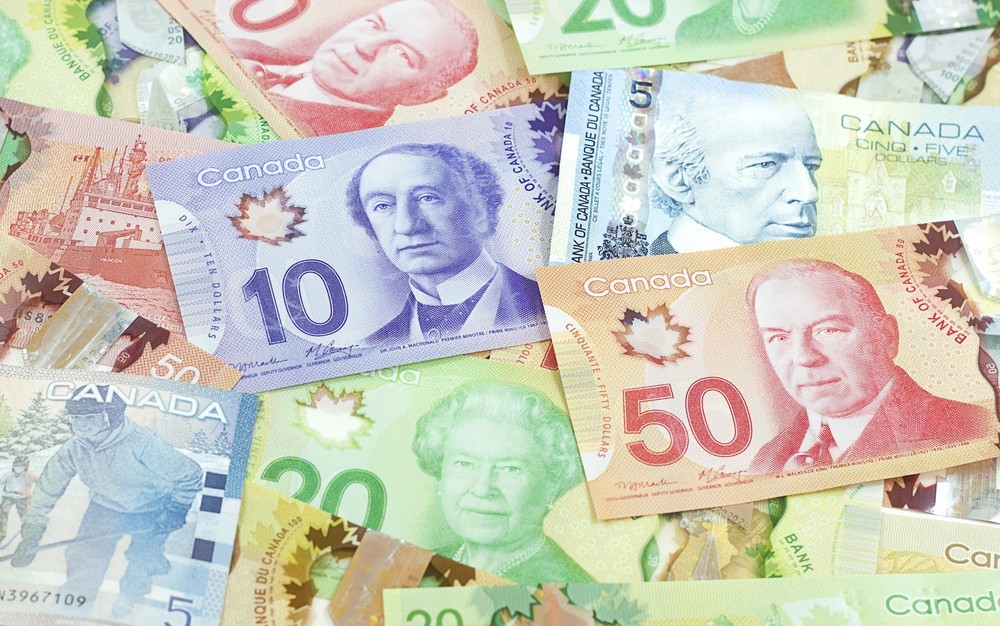CFDs trading has been capturing everyone’s attention recently. Most online trading firms started to offer users CFDs trading. Why? What’s so exciting about it? Let’s discuss CFDs ideas together and learn some CFDs trading strategy tips for a successful trading experience.
CFDs stand for A contract for difference. This contract between buyers and sellers stipulates that the buyer must pay the seller the difference between the asset’s current value and its value at the time of the contract.
CFDs allow traders and investors to profit from price changes without owning the relevant assets. The best part of CFDs trading is that in order to gain value, the CFD does not consider the asset’s underlying value. The only price change between the entry and exit positions of the trade is considered.
Let’s make it more clear. For CFDs trading, the customer makes a contract with the broker. You don’t use stocks, forex, commodities, or cryptos for CFDs trading.
Trading CFDs offers several significant advantages, which have increased the tremendous popularity of the tool over the past decade.
How CFDs Work
While trading with CFDs, investors bet on whether the underlying asset or security price will rise or fall. If traders buying CFDs see an increase in asset prices, they will sell their holdings.
The net difference between the purchase price and the sales price is summed together.
The net difference demonstrates the trading income is settled through the investor’s brokerage account.
In case the trader believes that the asset’s value will drop, they can establish a sell position.
To close a position, the trader must purchase an offset transaction. Then, the net balance of the loss is settled in cash through their account.
Strategies for CFDs trading
In most cases, when you use CFDs, you will use intra-day, scalping, or day trading strategies.
In this way, you don’t need to pay any fees to keep your trading positions overnight.
These strategies require a lot of time, dedication, and focus on following the market and surpassing it. Intra-day and day trading strategies mean that you will open and close positions during the same trading period.
A “scalping” strategy works well in CFDs trading as well. Because CFDs have higher flexibility and low transaction costs, scalping is an ideal choice for trading news. Using this strategy, you can take advantage of small and fast profits in minutes or even seconds.
Another well-used strategy is paired trading. It is a market-neutral strategy and is usually used in conjunction with stock CFDs.
Though, you are able to use it with commodities, 2 ETFs, currencies, etc. The main advantage is that pair trading can be used for high or low market volatility. The direction of the market is not very important to this strategy either.
Hedging is also a widely accepted strategy in CFDs trading. Hedging is often compared to insurance. For example, if you have a car insurance policy for accidents and something terrible happens to your car, the negative consequences will not be reduced.
In the financial sector, hedging is usually used to reduce or completely eliminate risks from other investment instruments. Hedge funds, big banks, and many other investment companies use hedging to protect their investments.
Market risk while trading CFDs
As we discussed, CFDs are derivative assets used by traders to speculate on changes in underlying assets. If it is believed that the underlying asset will rise, investors will choose an extended position.
Conversely, if investors believe that the asset’s value will fall, they will choose a short position. You hope that the underlying asset’s value will move in the most beneficial direction to you. Even educated investors can be proven wrong.
Unexpected information, changes in market conditions, and government policies can lead to rapid changes. Due to the nature of CFDs, small changes can have a large impact on returns.
An adverse effect on the underlying asset’s value may cause the provider to request a second deposit payment. If the margin call cannot be met, the supplier may close your position, or you may have to sell at a loss.
Bottom line
CFDs trading could be highly beneficial for the traders. It’s interesting because you can profit from the accurate price movement prediction. No matter the price rises or falls, you can still benefit from CFDs trading.
We hope our article will be helpful for your successful future trades.
Which broker is the best for scalping? Check which broker is the best broker for scalping at the moment.











COMMENTS